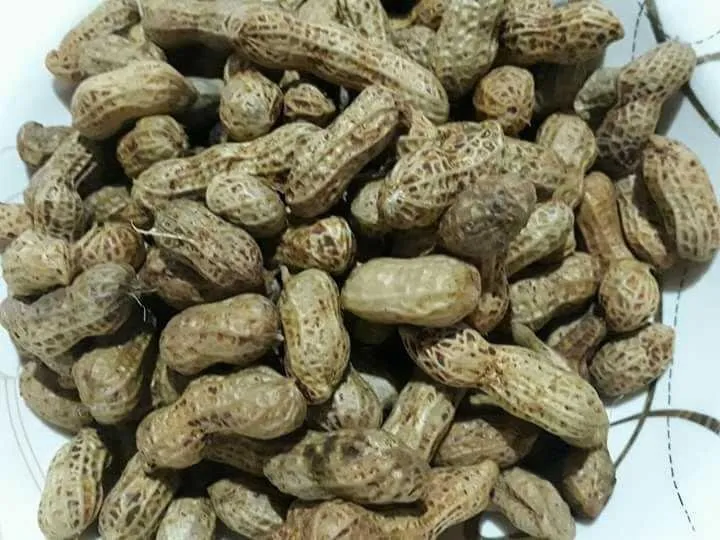
How to gardening organic peanuts by @fauzanramazana
My discussion today about gardening and what I will discuss is peanuts, a good day today for gardening and I will say @sirknight as the founder of the #calestialchallenge tag
In Indonesia, peanuts are the most widely planted after rice, corn and soybeans. Peanut cultivation (Arachis hypogaea) is usually applied as intercropping or intercropping plants.
Peanut cultivation is suitable in areas with moderate rainfall. Rainfall that is too high causes the flowers are difficult to be pollinated and the root zone is too moist so that fertilize the growth of fungi and diseases that attack the fruit. Full sun exposure is required when the development of leaves and fruit enlargement. Peanut cultivation should ideally be located at an altitude of 50-500 meters above sea level. However, this plant can adapt to a height of 1500 meters.
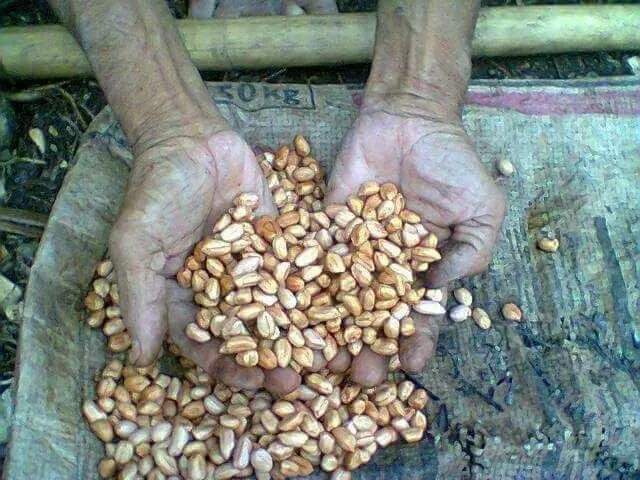
Peanut cultivation is effectively done on loose soil with sufficient calcium (Ca), nitrogen (N), potassium (K) and pospat (P) nutrient content. The ideal degree of pH for this plant is about 5-6.3. Soil with a lightweight structure is very good for the development of ginofor, fruit will grow long into the soil.
Ca element is needed soil crops in the generative phase. The availability of this element is very influential on the productivity of plants in producing nuts. In organic farming methods, Ca element can be met from the addition of agricultural lime or dolomite when processing the land. In areas with high acidity or wetlands, the need to add lime is higher than that of neutral pH.
It should also be noted, although peanut plants have a root nodule where the Rhizobium bacteria develop, this plant still requires N elements especially in early planting. Furthermore, Rhizobium bacteria can provide N elements up to 75-85% of the need.
Selection of peanut seeds.
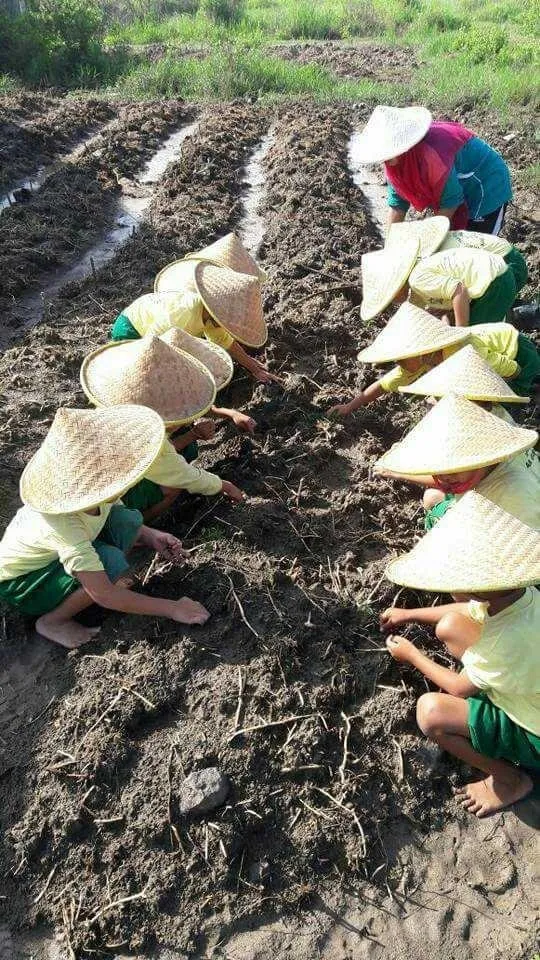
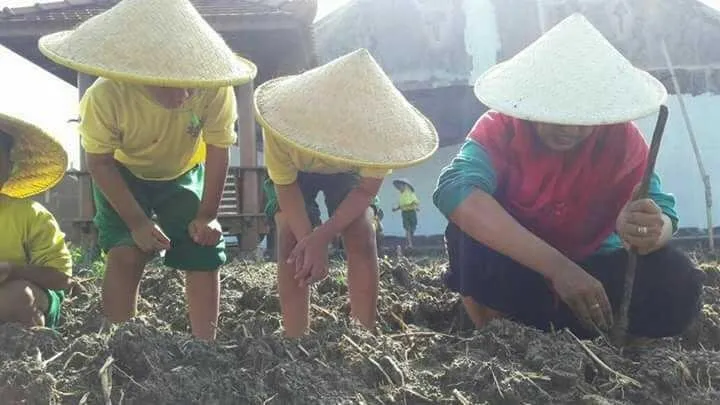
Peanut seeds are obtained from nuts that are left to old, about 100 days. The fruits are ready to be seeded blackish color and when opened do not have a membrane on the inside of the shell. After seeds are harvested, first sorting and then drying for 4-5 days. To maintain the quality, peanut seeds should be stored for 3-6 months. Peanut shells should not be removed during storage. Open the shell only when the seeds will be used. The best seed to plant is the new seed.
Processing of soil in organic peanut cultivation
To get maximum results, the ground where peanut cultivation should be ejected first by being plowed into a fine grain. Then add lime as much as 2 tons per hectare. Mix it evenly with the plowed soil, let stand for 2 days.
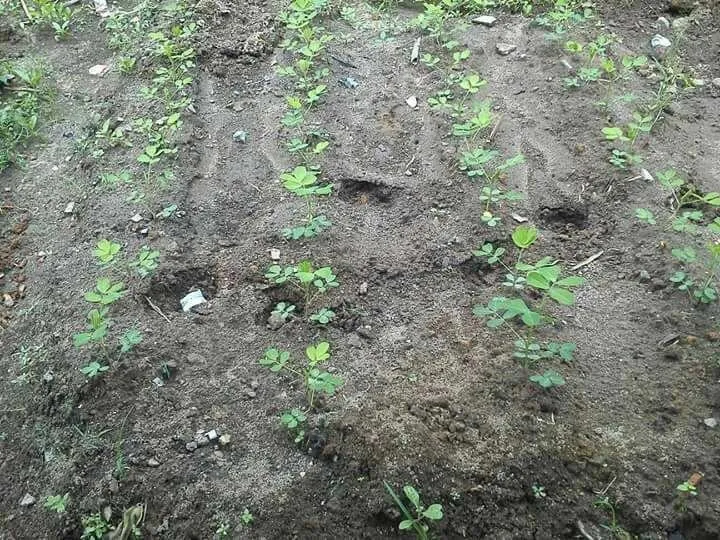
Use mature manure or compost as a basic fertilizer. If available, use a mixture of manure from chicken manure with goat or cow dung. Mix with soil evenly. Peanut cultivation can be done with a bed or without beds. Beds are needed if the land used is prone to waterlogging. Good drainage is necessary to maintain plant health.
Peanut planting is done by ditugal with a spacing of 25 × 25 cm. Fill each hole with one seed. It takes about 50 kg of seed for one hectare of planting area. After the seeds are planted, flush every morning and afternoon. Peanut will germinate after 4-7 days.
Treatment and fertilization.
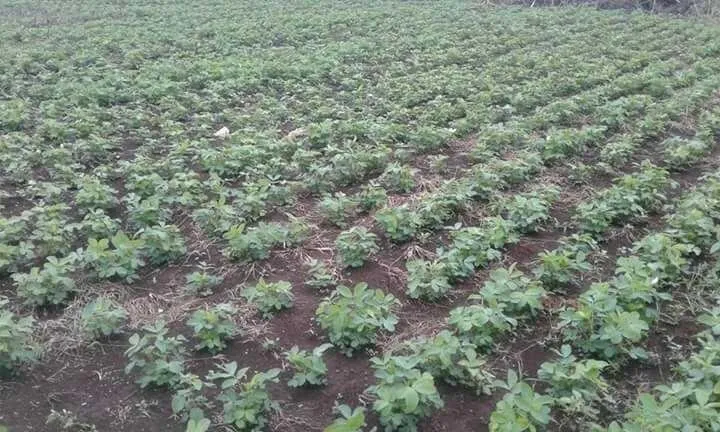


Peanut has grown simultaneously after one week and starts flowering at age 20 and continues until the age of 75 days. Only flowers that come out over the age of 30 days will be pods. After pollination and fertilization, it will grow ginofor or fruit on the 3rd to 4th day. Then the ginofor will go and penetrate the ground to form pods.
Treatment required at the time of flowering plants, among others, the provision of additional fertilizer. Should add a lot of fertilizer containing phosphorus, so that the fruit is good and plenty. In addition, weeding and soil pembubunan so as to cover the roots, stems and leaves of the bottom. It aims to multiply the seeds.
Some of the pests that usually attack peanut plants, among others, uret (root eaters), caterpillar leaves, grayak caterpillar, and caterpillar span. Meanwhile, the types of diseases that are often encountered are wilt disease, broom demons, leaf spot, gapong, sclerotium, and rust disease. Control of pests and diseases is to do the soil properly, the use of manure that is ripe, planted simultaneously, intensive weeding, weeds, planting simultaneously, crop rotation. Diseased plants are removed, dumped and destroyed, environmental sanitation and planting resistant plant varieties.
Harvest of peanut cultivation
Peanuts are harvested at 90 days after planting. Physical characteristics of peanuts ready for harvest, among others, hardened stems, leaves begin to turn yellow and fall. In addition we can also take sampling and checking directly whether the seeds are fully loaded or not.
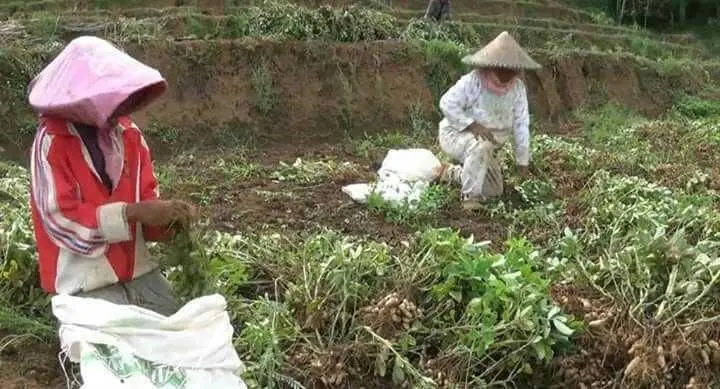
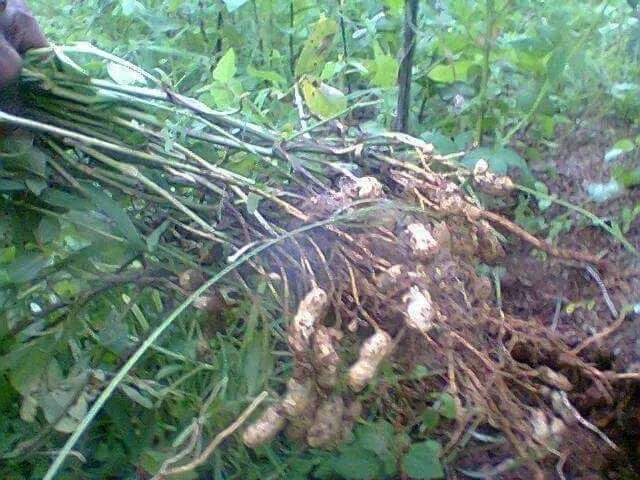
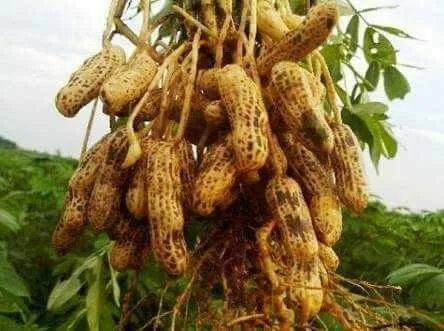
So many discussions about how to farm peanuts, hopefully this article can be useful for us all, greetings separated from me @fauzanramazana, thank you.